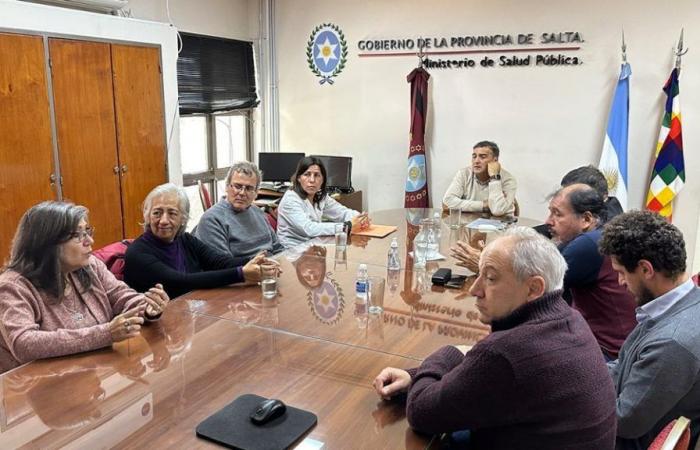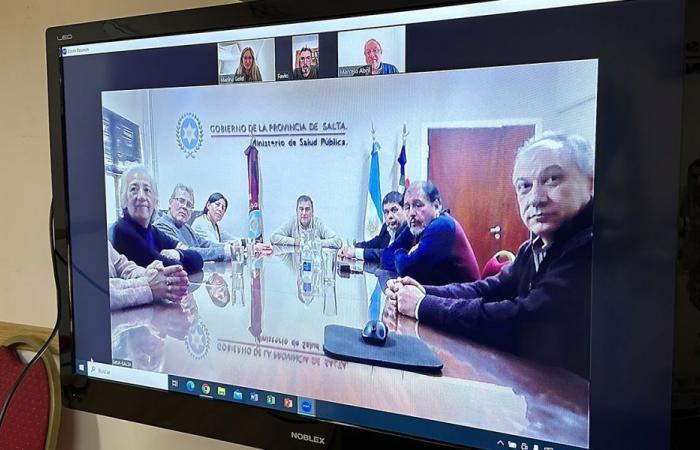He Ministry of Public Healthin coordination with the National University of Salta (UNSa) and the Mundo Sano Foundation, will test entrants to this high school of studies to detect Chagas early.
The activity will take place starting in August, the date on which students must take the exams to certify physical fitness at the University Health Directorate.
The decision was made in a hybrid meeting that was headed by the Minister of Public Health, Federico Mangione; by the rector of UNSa, Daniel Hoyos and by authorities of the Mundo Sano Foundation.
The person in charge of the Chagas clinic at the Señor del Milagro hospital, Adriana Echazú, explained that “the testing will be carried out at the 9 UNSa locations and will consist of a rapid test, which is done with a test strip with drops of blood, which will allow us to know whether or not the patients have the infection.”
He added that “the main objective is to detect this pathology and offer timely treatment to those who are positive, since some of them may be chronically infected and not present symptoms. Also, in the case of women to avoid vertical transmission during pregnancy.”
The professional said that, “those patients with a positive result will be referred to the Señor del Milagro hospital, to carry out other studies and begin the relevant medical treatment.”
The main benefit of this testing campaign is primary prevention, with women of childbearing age, since it is the main cause of transmission of this infection in Salta; and secondary, that is, with the infected person who does not know their diagnosis, to improve their quality of life.
Echazú indicated that “30% of those infected with Chagas disease begin to present symptoms, many years after infection, even 30 or 40 years later, which is why testing is essential.”
About chagas
Chagas disease is a systemic, chronic, vector-borne parasitic infection caused by the parasite Trypanosoma cruzi.
It is a complex health problem that involves multiple dimensions (biological, environmental, economic, political, educational and sociocultural). Chagas can be prevented, treated and cured if it is detected in time.
This infection can be spread in five different ways:
· Vector (through the feces of the vinchuca, infected with the parasite Trypanosoma cruzi)
· Vertical or congenital (from mother to child, during pregnancy)
· Blood transfusions and organ transplants
· Oral
· Laboratory accidents
The most frequent symptoms are: cardiac disorders, palpitations, shortness of breath, chest pain, edema, arrhythmias and swelling in the lower limbs. Also some digestive symptoms such as dilation of the esophagus and dilation of the intestine, manifested with constipation or difficulty swallowing.
Participating in the meeting were the Undersecretary of Health Management Luciano Giasso; the general director of Epidemiological Coordination Francisco García; the Secretary of University Welfare of the UNSa Mónica Moya; the president of the UNSa Research Council Alejandro Ruidrejo; the technical secretary of the UNSa Research Council Mirta Quiroga; and the director of the Tropical Diseases Research Institute of the UNSa Oran Regional Headquarters Rubén Cimino.
#Argentina







